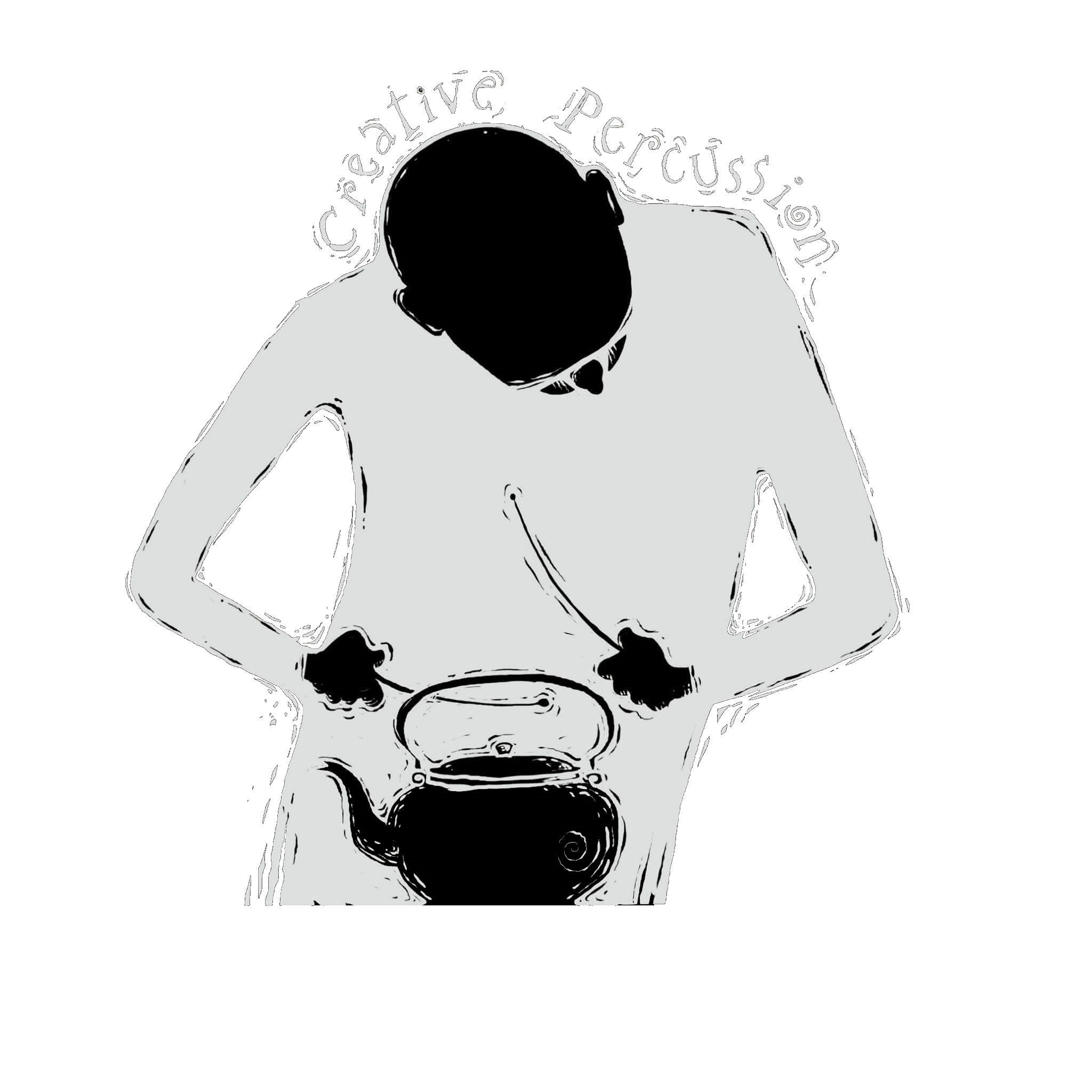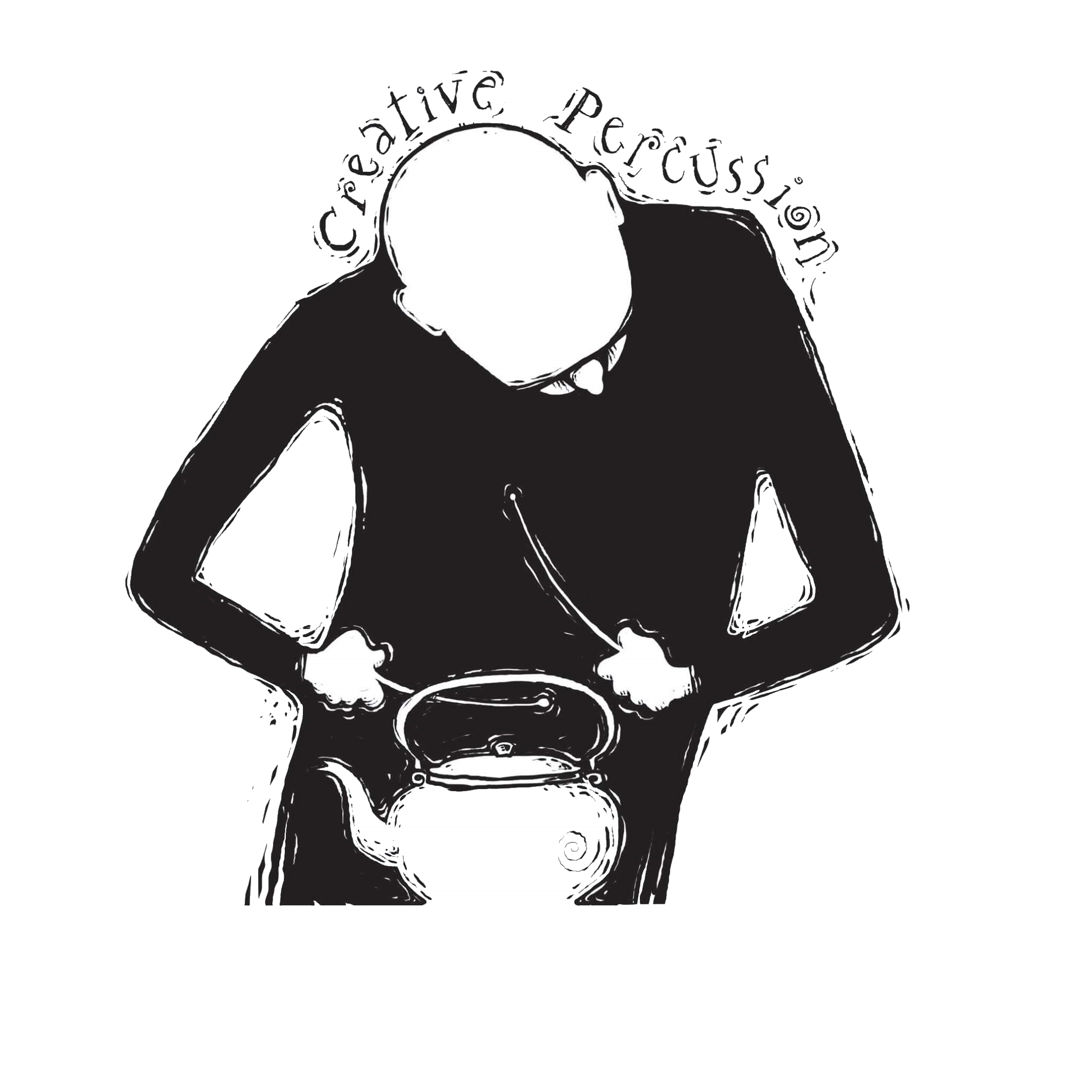Traditional Instruments
Renato Martins uses creative and inventive percussion sets. He created new techniques for traditional instruments, for example, the UDU (clay pot) and developed new techniques for the Peruvian wooden box, the CAJON. Those are the percussion instruments largely used by him at the moment and it’s with those instruments that he has been fascinating audiences all over the world with his virtuosity and creativity.
Renato has been a drummer in the past. Now he mixes both percussion and drums parts for composing the ideal set destinated to a specific project. He also has his WORLD PERCUSSION SET with congas, bongos and hand percussion instruments from different parts of the world. The image demonstrates part of Renato’s World Percussion show set as used during his time with Cirque du Soleil for the show OVO.

Discover the Udu
The UDU was originated by the Igbo and Hausa people of Nigeria. The Igbo, sometimes referred to as Ibo, are one of the largest single ethnic groups in Africa. Actually being a water jug with one more hole, the UDU was played by women for ceremonial uses. Usually the Udu is made of clay and stone.
The word Udu means both pottery and peace in the Ibo language of Nigeria. Some believe the deep haunting sound particular to the drum is the “voice of the ancestors ” when used in religious ceremonies. Originally it was used strictly for women’s ceremonial purposes.
All around a typical Igbo community you can see large udus in the shade; these act as fridges. Adults and children use hollowed gourds to scoop out cold water to drink. The instrument is played by hand and produces a special and unique bass sound by quickly hitting the big hole. Furthermore the whole corpus can be played by fingers.
Today it is widely used by percussionists in different music styles. In Brazil, the Udu is also known as a Moringa.
Discover the Cajón
The cajón is the most widely used Afro-Peruvian musical instrument in the 20th century. The instrument has been officially declared “Cultural Patrimony of the Nation” by the Peruvian government.
Slaves of West and Central African origin in the Americas, specifically Peru, are considered to be the source of the cajón drum; though the instrument is common in musical performance throughout the Americas, especially Cuba. In Cuba, the cajón is associated with the Afro-Cuban drum/song/dance style known as rumba, while in Peru it is associated with several Afro-Peruvian genres.
The cajón was most likely developed in coastal Peru during the early 1800s. The instrument reached a peak in popularity by 1850 and by the end of the 19th century, cajón players were experimenting with the design of the instrument by bending some of the planks in the cajón’s body to alter the instrument’s patterns of sound vibration.
Knowing that the cajón comes from slave musicians in the Spanish colonial Americas, there are two complementary origin theories for the instrument. It is possible that the drum is a direct descendant of a number of boxlike musical instruments from west and central Africa, especially Angola, and the Antilles. These instruments were adapted by Peruvian slaves for the Spanish shipping crates at their disposal. In port cities like Matanzas in Cuba, they used cod-fish shipping crates. Elsewhere, small dresser drawers became instruments.
Another theory posits that slaves simply used boxes as musical instruments to combat contemporary Spanish colonial bans on music in predominantly African areas. In this way, cajóns could easily be disguised as seats or stools, thus avoiding identification as musical instruments. In all likelihood it is a combination of these factors – African origins and Spanish suppression of slave music – that led to the cajón’s creation.
In contemporary times, the instrument became an integral important part of Peruvian music and Cuban music.
In the 1970’s the instrument was introduced to Flamenco music by guitarist Paco de Lucía.
Endorsements
Latin Percussion

INSTRUMENTS
LP Udu® Drum Claytone C1
LP Udu® Drum Claytone C2
LP Udu® Drum Claytone C3
LP Udu® Drum Claytone C4
LP Mario Cortes Cajon
LP 8” Micro Snare
LP Afuche®/Cabasa Holder
LP Angled Surface Cajon
LP Brazilian Surdo, Wood, 20” Diameter x 22” Deep
LP Universal Mounting Bracket
LP Ching Chok
LP Conga Shakers, Black
LP Galaxy® Giovanni Series Bongos, Natural/Gold
LP Granite Blocks
LP Lug-Edge Angled Surface Cajon Bag
LP One Handed Triangle
LP One Shot® Shaker
LP Percussion Table
LP Standard Afuche®/Cabasa, Wood
Audix Microphones

MICROPHONES
ADX10P
ADX60
D2
D4
D6
OM5
ADX51






